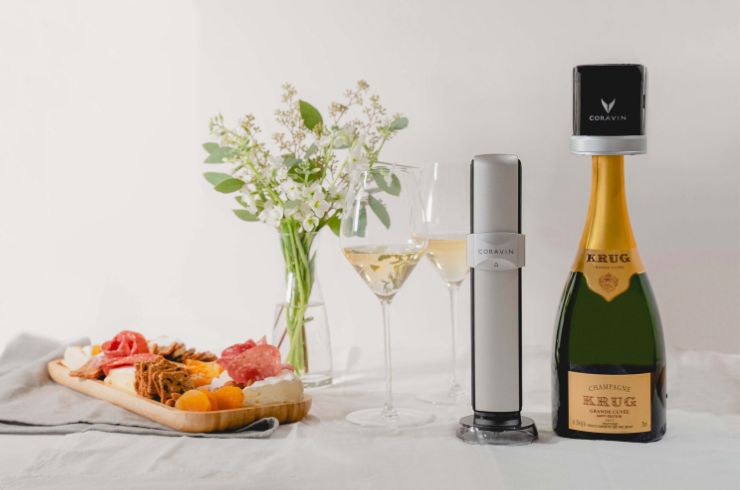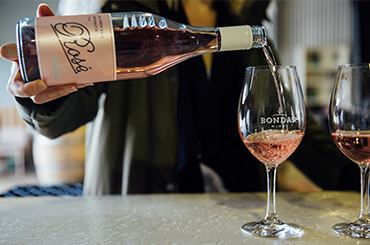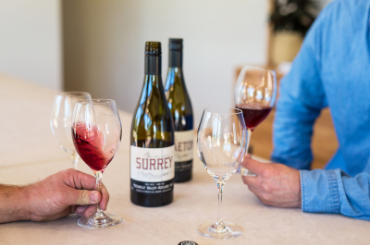We live in a world shaped by the classics. The songs, the movies, the cars; all shrouded in nostalgia and romantic reverie. They spark memories long locked away in the filing cabinet of our subconscious minds, imbuing us with a sense of connection to the past. But every classic was once nothing but a seed in the wind, hoping to land and grow. And when it comes to Australian wine regions, the classics have so beautifully carved a path for the new guard. So, which are the emerging regions primed to walk it?
Sitting about 14 kilometres off the mainland coast southwest of Adelaide, Kangaroo Island spans 145 kilometres east to west, and between one and 54 kilometres north to south. With a population of around 5000, it’s Australia’s third largest island and, for context, is roughly the same size as Long Island in New York, and Bali in Indonesia.
Windswept and bucolic, it’s a place of diverse natural beauty with pristine beaches, abundant wildlife, desert dunes and dense forest land. The wine history of KI (as the locals call it) traverses a loop of adversity and persistence, with the former thanks in part to the island’s opportunistic animals.
“The wildlife is out of hand!”, says winemaker Nick Dugmore of new world KI producer The Stoke Wines. “Possum and kangaroo proof fences are crucial, and netting is essential. Imagine being a bird way up above and spotting a lush green oasis in the middle of nowhere.”

The first vines were planted in the early 1900s by the Potts family of Bleasdale fame, beginning decades of battle between human and animal. The netting and fences finally did the trick however, and the 1985 plantings endured, resulting in the registration of the Kangaroo Island Geographical Indication (GI) 15 years later. But with the logistical difficulties of growing grapes and producing wine on an island, and the devastating bushfires of 2020, KI’s land under vine has nearly halved in size over recent years.
It’s the region’s potential for greatness that drives persistence and steely resolve despite the challenges. “The quality of wines coming from the producers who are still around has increased tenfold,” says Nick. “The majority of the Island’s vineyards have reached the perfect age for producing premium quality fruit.”
Today, they have around 30 vineyards with 144 hectares under vine, and 14 wineries. Keep an eye out for elegant cabernet merlot blends, powerful shiraz, and stone-fruit driven chardonnay. These could be your desert island wines, literally.
Perched high in Victoria’s central highlands is the Gold Rush town of Ballarat; its wide streets adorned with grand Victorian-era buildings emanating charm and historical significance. Peaking at around 600 metres above sea level, the cool, misty vineyard sites that surround the town are responsible for some of the country’s highest-quality chardonnay and pinot noir offerings. Despite this, Ballarat is yet to receive the acclaim of other cool-climate regions and is still without its own GI, though many believe it’s only a matter of time.
“People are starting to understand the potential of this region, and it’s gaining recognition,” says winemaker Troy Walsh. He and his wife Jane’s belief in the region is such that they went all in, moving there to establish their Attwoods Wines label in 2010 and close-planting chardonnay and pinot noir in Scotsburn, a locality 16 kilometres south of Ballarat. “There has been a huge growth in investment,” he says. “Quality producers are putting vines in the ground, including many high-density plantings and organic practices, which is so exciting for the future.”
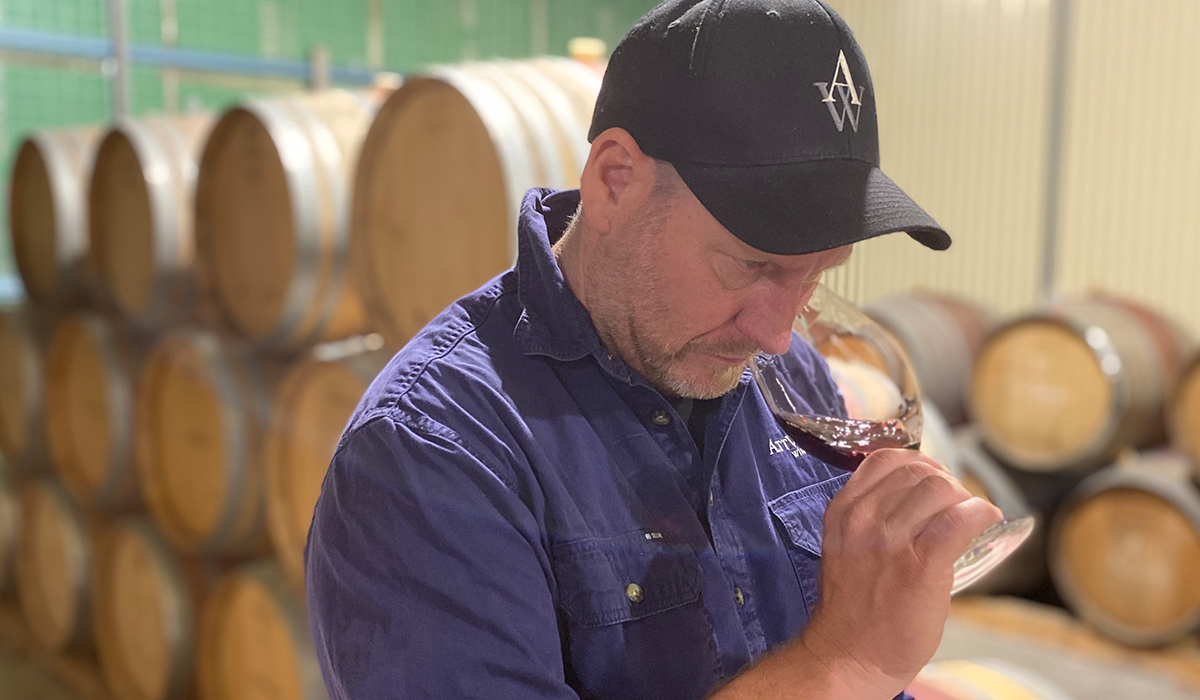
With global warming’s influence permeating the wine industry’s collective psyche, producers are looking to higher sites to secure the future. This makes Ballarat an attractive proposition. “It really is a true cool, continental climate, with warm days and cool nights extending the ripening season, producing fruit with incredible flavour while maintaining great acidity,” says Troy. GI or not, when it comes to chardonnay and pinot noir in particular, Ballarat is the real deal.
Around 250 kilometres west of Sydney is the city of Orange. Hugging the western side of the Great Dividing Range, the region’s vineyards that encircle the city are some of the highest in the country. In fact, the entire GI sits above 600 metres in altitude, with the highest site reaching 1100 metres. That differential alone is higher than most vineyard sites in Australia.
After years of searching the country for the right sites, veteran winemaker Philip Shaw planted the significant 47-hectare Koomooloo vineyard in 1989, encroaching on the cattle farms and orchards that dominated the landscape at the time. Once the vineyards started cropping, Philip sold the fruit for several years before finally creating his eponymous label in 2004, taking the region to new heights.
With Philip having taken a step back, the operation is now chiefly run by his sons Daniel and Damian, as the rest of the region continues to grow around them. “The region has a lot of substance,” says Damian. “It’s not just the 30 wineries and 60 vineyards. It’s the cracking good cellar doors, restaurants and accommodation.” The region produces high-quality chardonnay, sauvignon blanc, shiraz, cabernet, merlot and pinot noir – all of which are on the rise from a quality standpoint. “The vines have aged, and we’ve learnt what varieties and clones best suit our vineyards.”
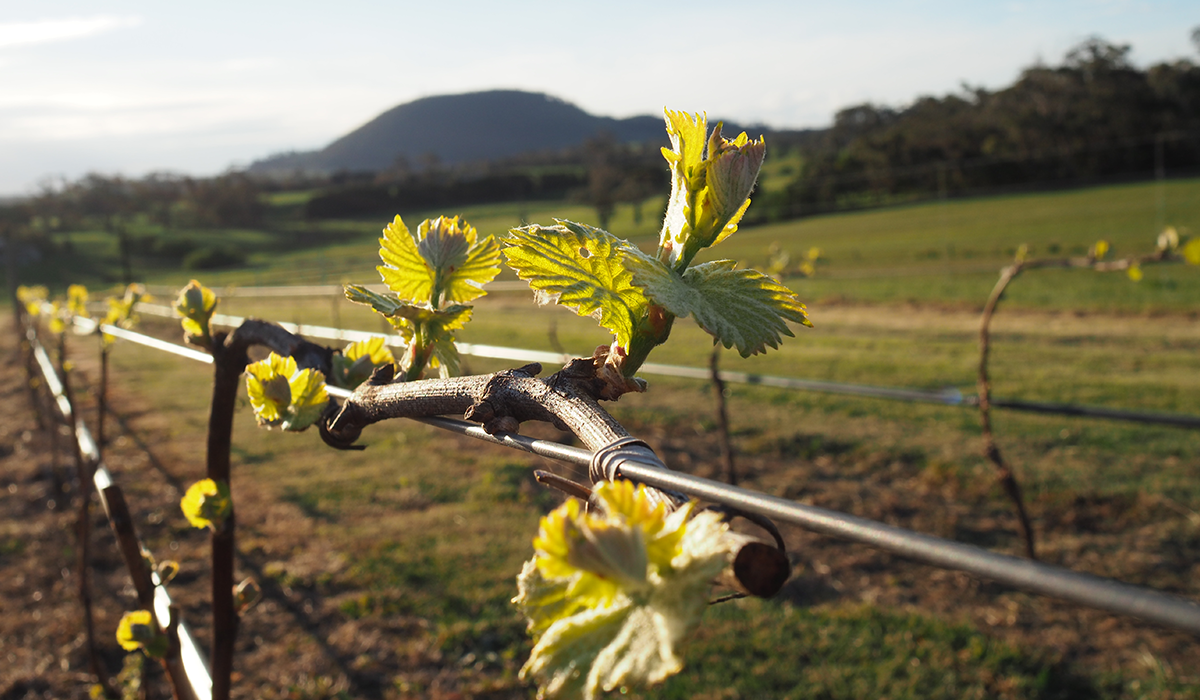
While Queensland conjures scenes of stunning subtropical coastline, ancient rainforests and red desert sand, it’s also home to one of Australia’s coolest wine regions. Three hours southwest of Brisbane, the Granite Belt region abuts the NSW border at 1000 metres above sea level, centring on the apple growing town of Stanthorpe.
Granite Belt has a long and rich history of viticulture and winemaking, initiated by Italian immigrants after both world wars. Though, from a modern perspective, it was the mid-1960s shiraz plantings by the Ricca family that spurred the industry on. From there, plantings increased steadily through the 1970s and beyond. There were around 20 wineries in the region during the 1990s, and today there are in excess of 50.
The main varieties grown are cabernet sauvignon, shiraz, chardonnay and merlot. That said, there’s also a big focus on alternative varieties in the region, from gewürztraminer to malvasia, saperavi to graciano. This diversity and willingness to experiment aligns with Australia’s wine drinking trajectory, and with increased vine age and knowledge, the future will doubtless reveal wines of great interest and intrigue from this burgeoning wine region.
It’s the passion, courage, and commitment of those willing to take a punt on belief alone that drives innovation, evolution, and emergence from the shadows. Australia has no shortage of wine regions pushing for greatness, for their time in the sun. We live in a world shaped by the classics, but it’s a world at the whim of the winds of change, and the seeds among them.
This article appears in issue #67 of Halliday magazine. Become a member to receive the print publication as well as digital access.

